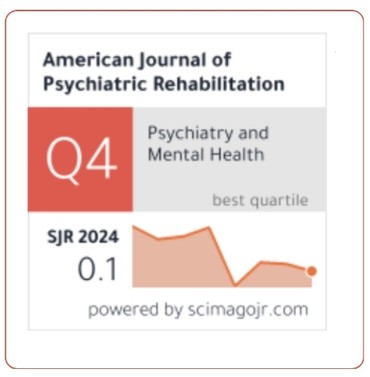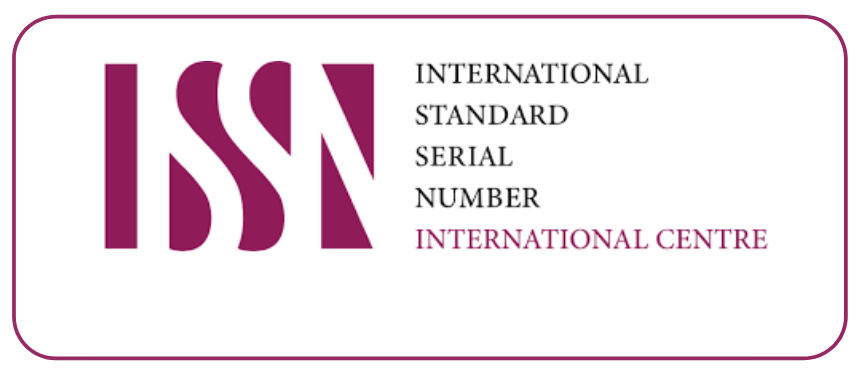Exploring The Scope And Challenges Of Telehealth Integration In Indian Nursing Practice: A Critical Review
DOI:
https://doi.org/10.69980/ajpr.v28i5.430Keywords:
Telehealth, Indian Nursing Practice, Digital Literacy, Nursing Education, Healthcare Accessibility, Cultural Competence, Telemedicine Guidelines, COVID-19Abstract
The integration of telehealth in Indian nursing practice is gaining momentum, especially post-COVID-19, to improve healthcare accessibility and quality. This review critically examines the scope of telehealth within Indian nursing, highlighting the challenges nurses face, including infrastructural limitations, digital literacy gaps, cultural diversity, and regulatory concerns. It further discusses educational shortcomings and ethical considerations inherent to virtual healthcare. By analyzing global telehealth frameworks and aligning them with India’s healthcare context, this paper proposes strategic recommendations to enhance nursing preparedness and telehealth sustainability.
References
1. Shore, J. H., Yellowlees, P., Caudill, R., Johnston, B., Turvey, C., Mishkind, M., et al. (2018). Best practices in videoconferencing-based telemental health. Telemedicine and e-Health, 24(11), 827–832.
https://doi.org/10.1089/tmj.2018.0237
2. Telemedicine Practice Guidelines. (2020). Ministry of Health and Family Welfare, Government of Telemedicine_ Practice_ Guidelines.pdf
3. Dinakaran D, Manjunatha N, Kumar CN, Math SB. Telemedicine practice guidelines of India, 2020: Implications and challenges. Indian J Psychiatry. 2021 Jan-Feb;63(1):97- 101. doi: 10.4103/ psychiatry. Indian J Psychiatry_ 476_20. Epub 2021 Feb 15. PMID: 34083829; PMCID: PMC8106416.Telemedicine practice guidelines of India, 2020: Implications and challenges - PMC
4. Arora S, Huda RK, Verma S, Khetan M, Sangwan RK. Challenges, Barriers, and Facilitators in Telemedicine Implementation in India: A Scoping Review. DOI: 10.7759/cureus.67388
5. Kalia, R., & Saggi, M. (2019). Telenursing and challenges in India. Asian Journal of Nursing Education and Research, 9(4), 573-576.DOI:10.5958/2349 2996.2019.00125.3
6. Shrivastava, S. R., & Shrivastava, P. S. (2021). Exploring the scope of telehealth in Indian settings in health care delivery and in medical education.Microsoft Word - 3 AJMS V14.N2.2021 p 85-87.doc
7. Shende V, Wagh V. Role of Telemedicine and Telehealth in Public Healthcare Sector: A Narrative Review. Cureus. 2024 Sep 10;16(9):e69102. DOI: 10.7759/cureus.69102
8. David-Olawade, A. C., Olawade, D. B., Ojo, I. O., Famujimi, M. E., Olawumi, T. T., & Esan, D. T. (2024). Nursing in the Digital Age: Harnessing telemedicine for enhanced patient care. Informatics and Health, 1(2), 100-110.https://doi.org/10.1016/j.infoh.2024.07.003
9. Shah, A. M. (2023). Telemedicine in India: A perspective, collaboration, and knowledge sharing. National Journal of Physiology, Pharmacy and Pharmacology, 13(8), 1597-1597.
10. Theodore, D. D., & Byrappa, P. L. (2015). Telenursing in Contemporary Practice. Indian Journal of Continuing Nursing Education, 16(1), 11-16.16(1):p 11-16, Jan–Jun 2015.
11. Rajkumar, E., Gopi, A., Joshi, A., Thomas, A. E., Arunima, N. M., Ramya, G. S., ... & Abraham, J. (2023). Applications, benefits and challenges of telehealth in India during COVID-19 pandemic and beyond: a systematic review. BMC Health Services Research, 23(1), 7. 10.1186/s12913-022-08970-8
12. World Health Organization. (2020). Telemedicine: Opportunities and developments in member states: Report on the second global survey on eHealth. WHO Press.9789241564144 _eng.pdf
13. NSCOL Blog, 2024: Introduction to Telehealth Nursing.
14. IGMPI Telehealth Program, 2023.
https://www.igmpi.ac.in/telehealth.
15. Kaur & Singh, 2023: The Role of Nurses in Telemedicine and Remote Patient Monitoring.
16. Telenursing Review, ResearchGate, 2022.
17. Jain D. Regulation of Digital Healthcare in India: Ethical and Legal Challenges. Healthcare (Basel). 2023 Mar 21;11(6):911. doi: 10.3390/healthcare11060911.
PMID: 36981568;
PMCID:PMC10048681.doi: 10.3390/healthcare11060911
18. Venkataraman, A., Fatma, N., Edirippulige, S., & Ramamohan, V. (2023). Facilitators and barriers for telemedicine systems in India from multiple stakeholder perspectives and settings. medRxiv, 2023-04.
19. White, N. S., Franklin, S. S., Juliet, N., Amalanathan, S. A. M., Kanagaraj, P., & Babu, A. S. (2024). Telemedicine and information technology in health care management: Perspectives and barriers among the nursing students. Journal of Education and Health Promotion, 13(1), 416.
20. Kruse, C. S., Krowski, N., Rodriguez, B., Tran, L., Vela, J., & Brooks, M. (2017). Telehealth and patient satisfaction: A systematic review and narrative analysis. BMJ Open, 7(8), e016242. https://doi.org/10.1136/bmjopen-2017-016242
21. • Smith, A. C., Thomas, E., Snoswell, C. L., Haydon, H., Mehrotra, A., Clemensen, J., & Caffery, L. J. (2020). Telehealth for global emergencies: Implications for coronavirus disease 2019 (COVID-19). Journal of Telemedicine and Telecare, 26(5), 309–313. https://doi.org/10.1177/1357633X20916567
22. Bashshur, R., Shannon, G., Smith, B., & Alverson, D. (2015). The empirical foundations of telemedicine interventions for chronic disease management. Telemedicine and e-Health, 20(9), 769-800. https://doi.org/10.1089/ tmj.2014.9981
23. Mohr, D. C., Burns, M. N., Schueller, S. M., Clarke, G., & Klinkman, M. (2013). Behavioral intervention technologies: Evidence review and recommendations for future research in mental health. General Hospital Psychiatry, 35(4), 332–338.
https://doi.org/10.1016/j.genhosppsych.2013.03.008
24. van Houwelingen, C. T. M., Moerman, A. H., Ettema, R. G. A., Kort, H. S. M., & ten Cate, O. (2016). Competencies required for nursing telehealth activities: a Delphi-study. Nurse Education Today, 39, 50-62. https://doi.org/ 10.1016/j.nedt.2015.12.02510.1016/j.nedt.2015.12.025
25. Kappes, M., Espinoza, P., Jara, V. et al. Nurse-led telehealth intervention effectiveness on reducing hypertension: a systematic review. BMC Nurs 22, 19 (2023). https://doi. org/10.1186/s12912-022-01170-z
26. Telehealth services must strengthen privacy, cybersecurity practices | Policy Circle
27. Digital India Programme: A Journey Of Transformation - Forbes India
Downloads
Published
Issue
Section
License
Copyright (c) 2025 American Journal of Psychiatric Rehabilitation

This work is licensed under a Creative Commons Attribution 4.0 International License.
This is an Open Access article distributed under the terms of the Creative Commons Attribution 4.0 International License permitting all use, distribution, and reproduction in any medium, provided the work is properly cited.









